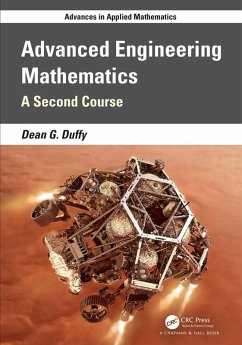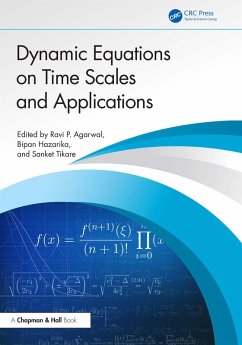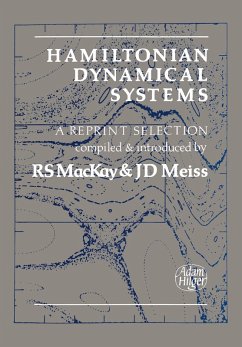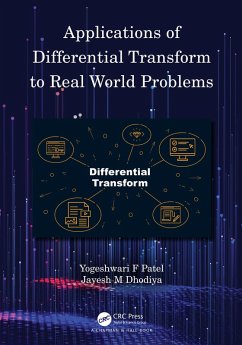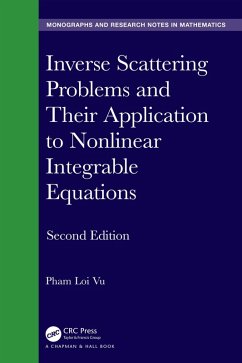
Mathematical Biology (eBook, ePUB)
Discrete and Differential Equations
Versandkostenfrei!
Sofort per Download lieferbar
81,95 €
inkl. MwSt.
Weitere Ausgaben:

PAYBACK Punkte
41 °P sammeln!
This text serves as an exploration of the beautiful topic of mathematical biology through the lens of discrete and differential equations. Intended for students who have completed differential and integral calculus, Mathematical Biology: Discrete and Differential Equations allows students to explore topics such as bifurcation diagrams, nullclines, discrete dynamics, and SIR models for disease spread, which are often reserved for more advanced undergraduate or graduate courses. These exciting topics are sprinkled throughout the book alongside the more typical first- and second-order linear diff...
This text serves as an exploration of the beautiful topic of mathematical biology through the lens of discrete and differential equations. Intended for students who have completed differential and integral calculus, Mathematical Biology: Discrete and Differential Equations allows students to explore topics such as bifurcation diagrams, nullclines, discrete dynamics, and SIR models for disease spread, which are often reserved for more advanced undergraduate or graduate courses. These exciting topics are sprinkled throughout the book alongside the more typical first- and second-order linear differential equations and systems of linear differential equations.
This class-tested text is written in a conversational, welcoming voice, which should help invite students along as they discover the magic of mathematical biology and both discrete and differential equations. A focus is placed on examples with solutions written out step by step, including computational steps, with the goal of being as easy as possible for students to independently follow along.
Rich in applications, this book can be used for a semester-long course in either differential equations or mathematical biology. Alternatively, it can serve as a companion text for a two-semester sequence beginning with discrete-time systems, extending through a wide array of topics in differential equations, and culminating in systems, SIR models, and other applications.
This class-tested text is written in a conversational, welcoming voice, which should help invite students along as they discover the magic of mathematical biology and both discrete and differential equations. A focus is placed on examples with solutions written out step by step, including computational steps, with the goal of being as easy as possible for students to independently follow along.
Rich in applications, this book can be used for a semester-long course in either differential equations or mathematical biology. Alternatively, it can serve as a companion text for a two-semester sequence beginning with discrete-time systems, extending through a wide array of topics in differential equations, and culminating in systems, SIR models, and other applications.
Dieser Download kann aus rechtlichen Gründen nur mit Rechnungsadresse in A, B, BG, CY, CZ, D, DK, EW, E, FIN, F, GR, HR, H, IRL, I, LT, L, LR, M, NL, PL, P, R, S, SLO, SK ausgeliefert werden.





